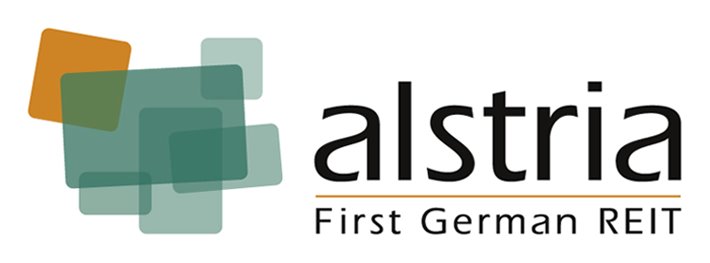
BREEAM, LEED, HQE or DGNB. Real estate companies and real estate investors should get familiar with these logos and names, as these are the national trademarks for green building respectively in the UK (and international), US (and rest of the world), France, and Germany.
These standards will usually provide a certificate (which can be silver, gold or platinum…) by looking at the building conception and technique and compare it to a “best in class” technology in terms of, amongst others, resource consumption and greenhouse gas emissions.
The sustainability report of a laureate of a recent “green building award” mentions for instance that “the building consumes 35 percent less energy than a conventionally operated, comparable building”. This is clearly an amazing achievement, isn’t it? 35% less, that is a lot of savings… The trick (or the flaw, however you want to call it) in this analysis is all imbedded in one word: “comparable”. The question that one needs to address first, before you even think about a green building, is whether or not you would need the building in the first place.
Let me illustrate with a real case (public) example what we are talking about here. Let’s look for instance at the proposed project of the new European Central Bank building in Frankfurt (you will find full project information here).
As you would expect, the new ECB tower promises to be a leading sustainable building. The official documentation about the building highlights that the project's energy design includes the following features:
• Highly efficient sun shades
• Efficient insulation of the Grossmarkthalle envelope
• Use of recycled heat
• Natural ventilation of office spaces
• Low-energy office lighting
• Rainwater recycling
• Planned use of geothermal energy for cooling and heating
The project, which is to be build on an old Brownfield site, is said to be 30% more energy efficient than the main German standard which all in all looks pretty appealing from a sustainability stand point.
The main technical and financial data publicly available are as follow:
• Total construction costs (ECB estimate): EURO 500 million
• Total construction costs (rumors post tender): EURO 1,2 billion
• Gross Floor Area (GFA) (ECB sources): 185,000 sqm
• Gross Lettable Area (GLA) (my own estimate): 145,000 sqm
• Total number of workstation (ECB sources): 2,300 for the entire complex
You would think that this project would be a model of sustainability, and Green Building, wouldn’t you? Well, think again. If you translate that into very basic ratios here is what you get:
• Cost per sqm GLA: between EURO 4,100 and EURO 10,000 (German average is in the region of 2,000 to 2,500)
• GLA/workstation: 63 sqm (German average is in the region of 30 sqm, London, around 16 sqm, and Paris around 18 sqm).
In short the building will most probably cost a minimum two times the cost of a “normal” asset, and will be used in a manner 2 times less efficient than a standard German asset (which in turn is 1.5 time less efficient than in comparable European countries). The building might be designed with the best available environmental technology. However, by any measure I would think this is everything but a sustainable project (I do not even want to get into the debate of whether or not Frankfurt would need yet another high-rise building, or if the high-rise/glass design would heavily increase the heat island effect).
The “two fridges” syndrome has been highlighted in a number of recent studies. Families in developed countries now often have two refrigerators, highly energy efficient, but which use more energy than the single inefficient fridge that they used to have before. The same syndrome applies to consumers which use energy efficient light bulbs, but leave them on longer than before.
There is a significant risk that the two fridges syndrome could be replicated at a much larger scale in our industry. The ECB headquarter is a striking example of how this could happen. It is not enough to be more efficient than a comparable building or to do 30% better than legislation. It is also necessary to built something that is not over engineered, and over dimensioned. I would have hoped that the ECB would take a leadership approach to these issues.
The fact that an asset is LEED certified does not necessary mean there is a need for this asset. Some regions of the Middle East are known to have the most energy efficient certified vacant buildings. The certification labels clearly add to the public awareness on sustainability, and if not perfect, at least give a framework for non specialists to grade assets. But they are so far heavily driven by technical considerations that do not necessarily take into account long term economic considerations in terms of city planning or city development and long term need for the space.
One might question whether it is the role of the green building process to look into this issues, or if this should not be dealt with by local planning authorities and communities. After all, ISO 14,001 which is used to certify industrial sites, does not look at stock and over-production problems…
I believe that as real estate investors we should bear in mind that the most sustainable square meters in a buildings are the one that we do not need to build. Unfortunately you will never get these square meters certified. While I have no doubt someone will certify the ECB headquarter.
Olivier

No comments:
Post a Comment